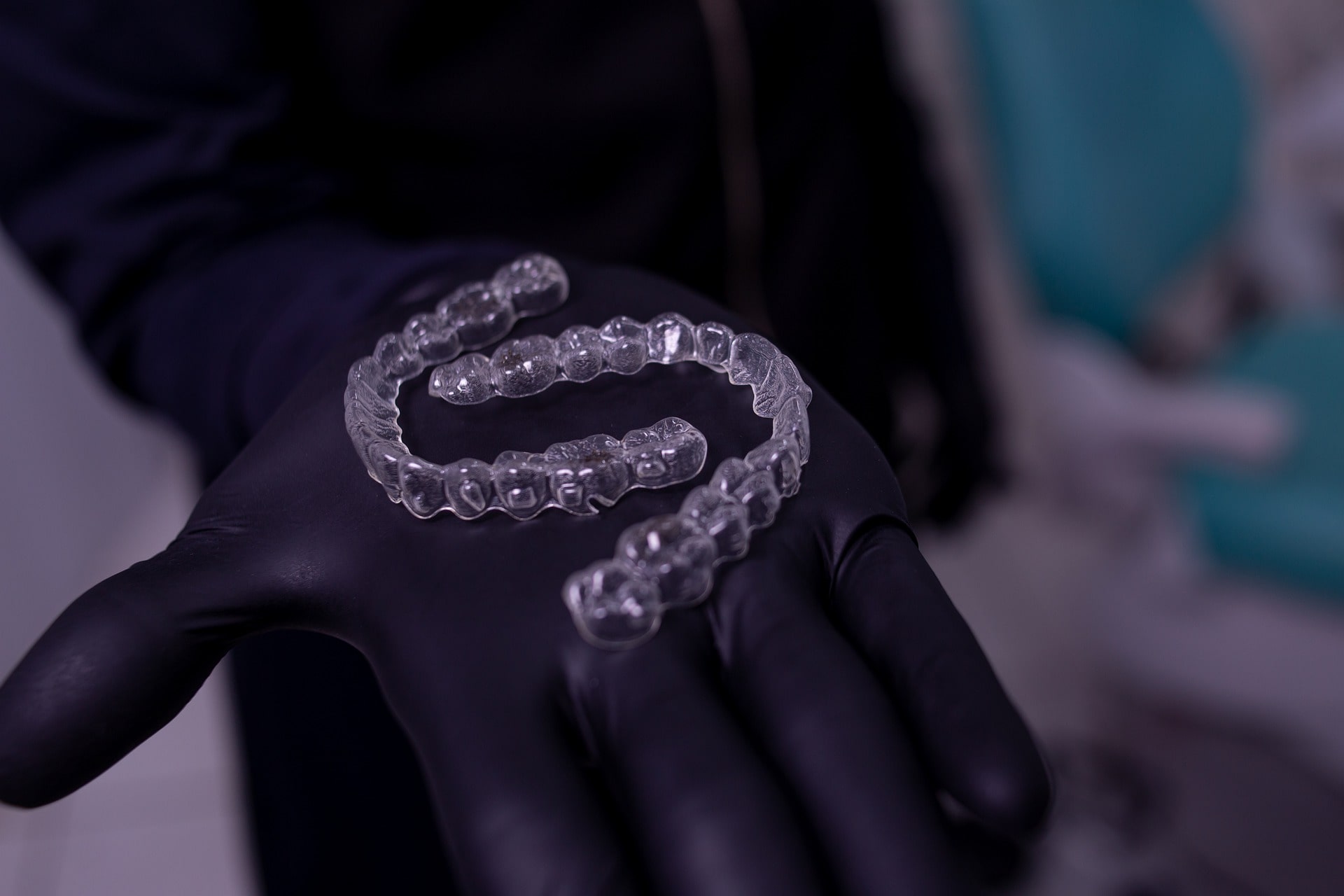
Here at iSmile Studio, we believe that healthy teeth are essential to your whole well-being, not simply to your appearance. When you’re experiencing difficulties with your teeth, other health problems can follow as a result; plaque build-up can potentially contribute to heart issues further down the track, and infections can cause serious issues throughout the body. Issues such as crooked or gappy teeth can also have a negative impact on your self-esteem and psychological well-being.
While it’s very easy to frame some of these points as purely personal issues, the truth is that they do have wider social implications. Problems with teeth and oral health have a social impact in our culture, affecting how others view us and in turn having a flow-on effect on the opportunities that are available in multiple areas of our lives. When viewed as a cohesive collective, it’s easy to see why addressing dental issues is such a critical concern.
Perhaps then, it’s no real surprise that Invisalign has grown so significantly in popularity over recent years. Offering the same benefits for teeth as braces, without the attendant potential for social stigma, Invisalign represents an opportunity for many to not only look after their emotional wellbeing but to improve their oral health. So if you’re considering Invisalign, we’ve compiled some of the most common questions facing prospective patients.
Invisalign operates on a similar principle to braces; essentially, a series of retainers are placed within your mouth to adjust the overall placement of your teeth. In contrast to braces, though, Invisalign utilises removable clear plastic trays, rather than permanently affixed surgical steel.
Invisalign retainers are virtually invisible while being worn, which has made Invisalign a hugely popular option for teens and adults from all walks of life. Not only does Invisalign provide effective tooth correction over time, but its removable nature also makes it significantly more comfortable, less conspicuous and far easier to maintain an effective oral hygiene routine.
Invisalign works in a multi-step process. Initially, your Invisalign provider will assess you to see whether your mouth is suitable for the treatment. Though Invisalign isn’t suitable for every in-mouth correction, it does work well for a wide variety of issues, including crooked teeth, overbites, underbites, overcrowding and gappy teeth. Once this has been confirmed, your teeth will be digitally scanned, to ensure that your Invisalign retainers will fit you as effectively as possible. Your Invisalign provider will also provide you with a proposed image of your “new” mouth, giving an indication of the final outcome after treatment is complete.
Shortly afterwards, you will be provided with a series of Invisalign retainers. These are intended to be worn for approximately two weeks, in order to help reshape your mouth in a step-by-step process. After this, it is discarded and you move on to the next one, continuing for as long as necessary — usually around 12 to 18 months. As a general rule, we recommend check-ups every six to eight weeks to ensure that Invisalign is having its desired effect.
No, Invisalign doesn’t hurt to wear during the day. However, you may find that it leaves your mouth feeling slightly sore after wearing it for an extended period; this is a natural outcome of the teeth’s position being slowly realigned by the retainer.
When it comes to making cosmetic adjustments to your teeth, it’s difficult to describe one method as “better” than another; not every method of adjustment is equally well-suited to everyone’s needs. However, Invisalign is often a preferred choice for many teens and adults due to its low visibility in comparison to braces, and the ability to remove the retainer as necessary, making maintaining good oral hygiene practices significantly easier.
Invisalign can be faster than traditional braces. As a general rule, Invisalign retainers are worn for 12-18 months, though the exact length of time will vary depending on the exact nature of the movements required. Braces can take anywhere up to three years to be completely effective, while also being much more visible and requiring regular adjustments throughout the process.
Yes, Invisalign can close gaps in teeth. In fact, a significant part of its popularity is due to its ability to close gaps between teeth without requiring the same extensive installation as braces, and being far less conspicuous in the process.
At iSmile Studio, we want you to discover the right method to help get you the smile that you want. That’s why we can provide Invisalign services, assessing you to see whether the treatment is right for you, and how we can address any oral issues as quickly as possible.
Get in touch with the experts at iSmile today to discover how we can help you achieve the mouth of your dreams with Invisalign.